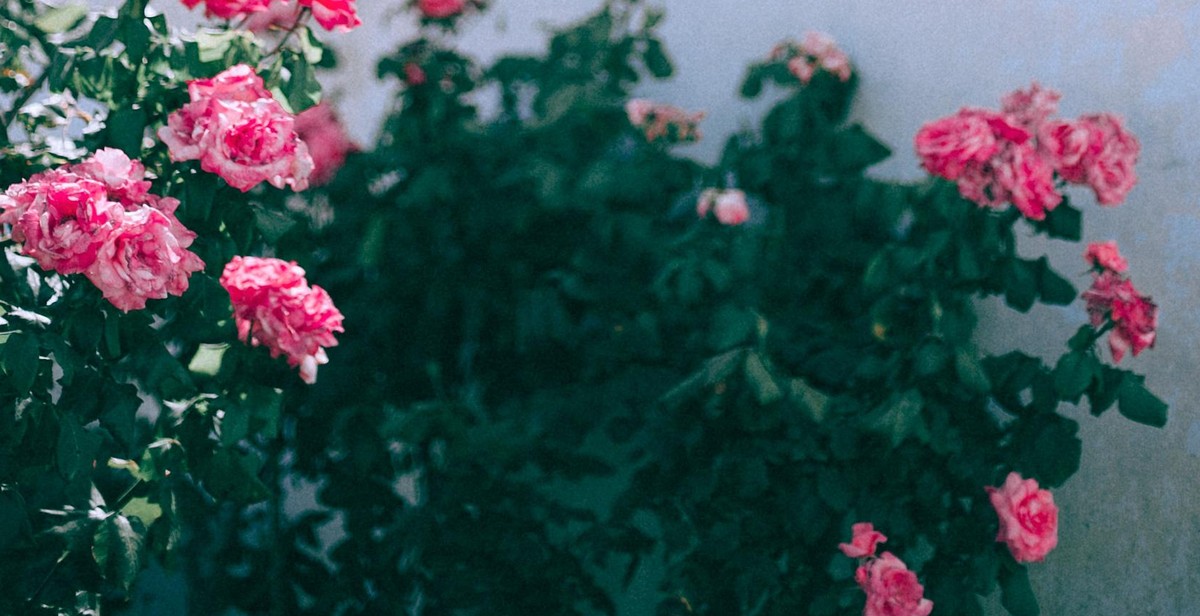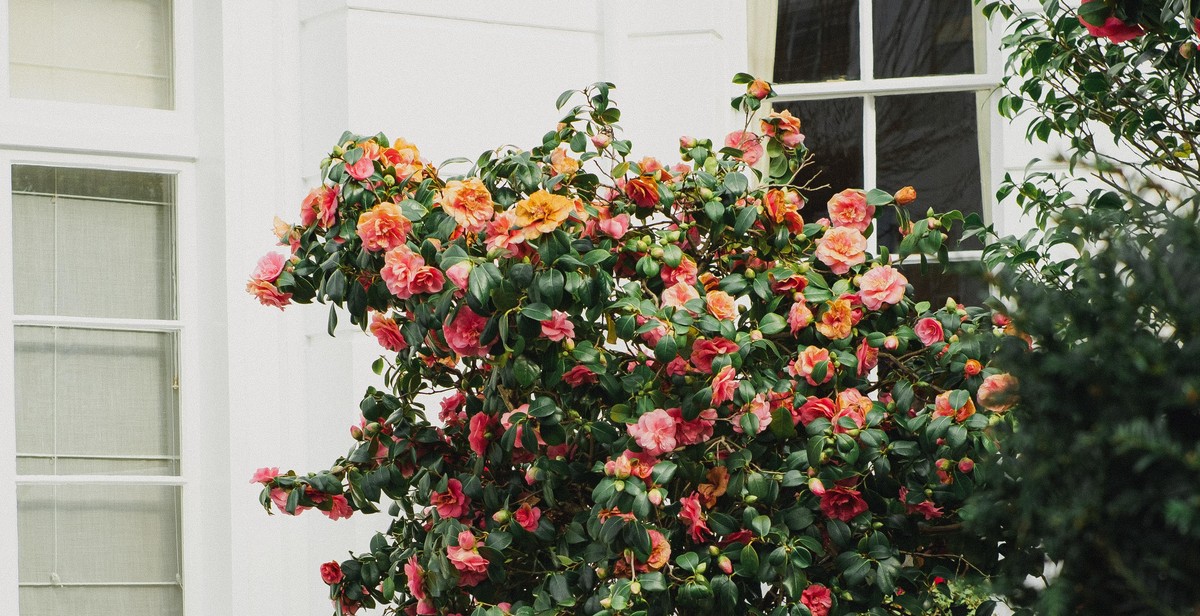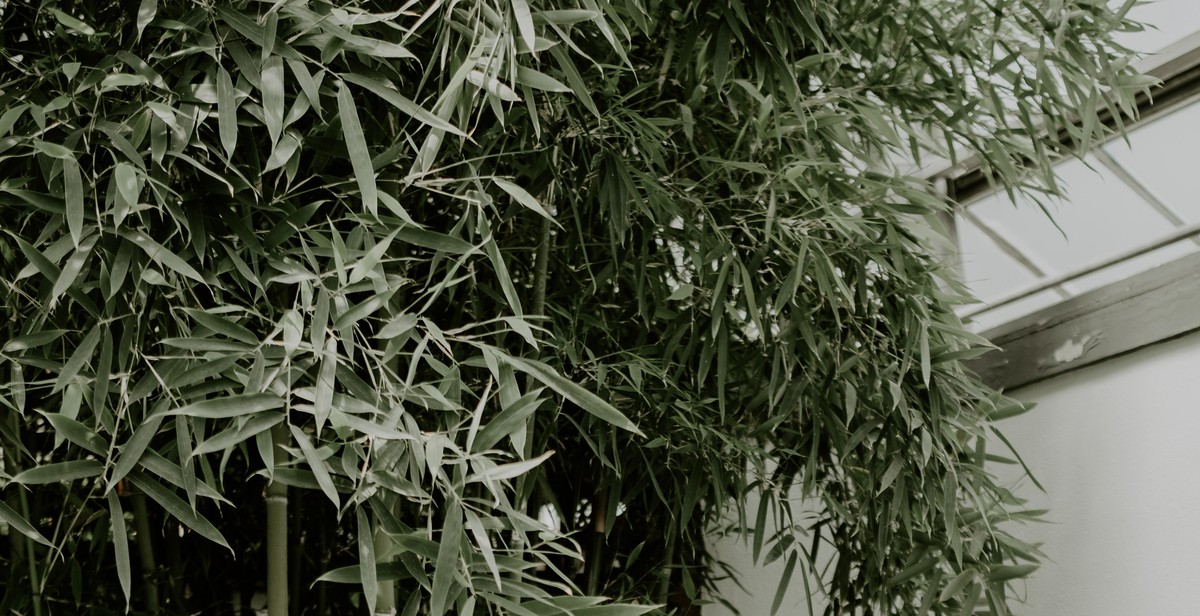How to Create a Vertical Wall Garden in Your Apartment: Maximizing Greenery in Small Spaces
Living in an apartment or a small space can limit your ability to have a garden. However, with the rise of vertical wall gardens, you can now bring the outdoors inside and enjoy a lush and vibrant garden right in your own home.
Why Create a Vertical Wall Garden?
Vertical wall gardens are a great way to maximize the use of space in your apartment. They allow you to grow plants vertically, which means that you can have a garden even if you don’t have a lot of floor space. Additionally, vertical wall gardens are visually appealing and can add a touch of nature to any room.
Benefits of Vertical Wall Gardens
Aside from their space-saving benefits, vertical wall gardens also offer a range of other benefits. They can help purify the air in your home, improve your mood, and reduce stress levels. Plus, they’re a great way to grow your own herbs and vegetables, which can save you money and ensure that you’re eating fresh and healthy produce.
If you’re interested in creating a vertical wall garden in your apartment, this guide will provide you with all the information you need to get started. From choosing the right plants to selecting the right materials, we’ll walk you through the process of creating a beautiful and thriving vertical wall garden in your home.

Choosing the Right Plants for Your Vertical Wall Garden
When it comes to creating a vertical wall garden in your apartment, choosing the right plants is crucial. Not all plants are suitable for vertical gardens, and some may require more care and attention than others. Here are some considerations to keep in mind when choosing plants for your vertical wall garden:
Considerations for Choosing Plants
- Light requirements: Consider the amount of sunlight that your wall garden will receive. Choose plants that will thrive in the amount of light available.
- Size: Choose plants that will fit comfortably on your wall garden. Avoid plants that will grow too large or too quickly, as they may overcrowd other plants or cause damage to the wall.
- Water requirements: Consider the amount of water that your wall garden will receive. Choose plants that will not require excessive watering or that can tolerate periods of drought.
- Climate: Choose plants that are suitable for the climate in your area. If you live in a hot and dry climate, choose plants that can tolerate high temperatures and low humidity.
- Maintenance: Choose plants that are easy to maintain and require minimal care. Avoid plants that are prone to pests or diseases.
Best Plants for Vertical Wall Gardens
Here are some of the best plants for vertical wall gardens:
| Plant | Light Requirements | Water Requirements | Size |
|---|---|---|---|
| Succulents | Full sun to partial shade | Low | Small to medium |
| Herbs | Full sun to partial shade | Medium | Small to medium |
| Ferns | Partial to full shade | High | Medium to large |
| Pothos | Partial to full shade | Low to medium | Small to medium |
Succulents are great for vertical wall gardens because they require very little water and can tolerate high temperatures. Herbs are also a good choice, as they can be used for cooking and require minimal care. Ferns are a good choice for shady areas, as they require more water and can add lushness to your wall garden. Pothos is a good choice for beginners, as it is easy to care for and can grow in a variety of light conditions.

Designing Your Vertical Wall Garden
Designing your vertical wall garden involves choosing the right wall, creating a layout, and gathering the necessary materials. Here’s what you need to know:
Choosing the Right Wall
The first step in designing your vertical wall garden is choosing the right wall. Look for a wall that gets plenty of natural light and has good air circulation. Make sure the wall is sturdy enough to support the weight of your garden, and that it’s not in an area where it will be subjected to extreme temperatures or weather conditions.
Creating a Layout
Once you’ve chosen your wall, it’s time to create a layout for your garden. Consider the size and shape of your wall and plan out where you want your plants to go. You can create a simple layout with just a few plants, or you can get creative and create a more complex design. You can also use different types of plants to create a variety of textures and colors.
Materials Needed
To create your vertical wall garden, you’ll need:
- Vertical garden planter or containers
- Plants
- Soil
- Watering can or hose
- Wall anchors or brackets
- Drill or hammer
Choose a vertical garden planter or containers that fit your wall and the size of your plants. Make sure the containers have drainage holes to prevent water from pooling at the bottom. Choose plants that are suitable for vertical gardens, such as succulents, herbs, and small flowers. Use a high-quality soil that will hold moisture and nutrients for your plants.
Once you have your materials, it’s time to start building your vertical wall garden. Follow the instructions that come with your planter or containers, and make sure you secure them to the wall properly. Water your plants regularly and watch them grow!

Installation Process
Creating a vertical wall garden in your apartment is a great way to maximize greenery in small spaces. The installation process involves three main steps: preparing the wall, installing the frame, and attaching the planters. Follow these steps to create your own beautiful vertical wall garden.
Preparing the Wall
The first step is to prepare the wall where you want to install your vertical garden. Make sure the wall is clean and free of any debris or dust. If the wall is painted, consider applying a coat of primer to help the frame adhere better. You can also use a stud finder to locate the studs in the wall to ensure that the frame is securely attached.
Installing the Frame
Once the wall is prepared, you can install the frame for your vertical garden. There are several types of frames you can use, including wooden frames, metal frames, and PVC frames. Choose a frame that is sturdy and will support the weight of your planters. You can also customize the size and shape of the frame to fit your space.
To install the frame, use a level to ensure that it is straight and then attach it to the wall using screws and anchors. Make sure that the frame is securely attached to the wall and can support the weight of your planters.
Attaching the Planters
The final step is to attach the planters to the frame. There are a variety of planters you can use, including plastic pots, fabric pockets, and even repurposed items like old gutters or shoe organizers. Make sure that the planters are securely attached to the frame and that they have adequate drainage.
You can arrange the planters in any pattern or design you like, and you can even mix and match different types of plants to create a beautiful and unique vertical garden. Be sure to water and care for your plants regularly to keep them healthy and thriving.
| Tip: | Consider using a drip irrigation system to make watering your vertical garden easier and more efficient. |

Maintenance and Care
Vertical wall gardens require regular maintenance to ensure that the plants stay healthy and vibrant. Here are some tips for watering, fertilizing, pruning, and trimming your vertical wall garden:
Watering
Water your vertical wall garden regularly to keep the soil moist. Because plants in a vertical garden are typically grown in containers, they may dry out faster than those in a traditional garden. The frequency of watering will depend on the type of plants you have and the climate you live in. To determine when to water, stick your finger into the soil. If it feels dry, it’s time to water. Avoid overwatering, as this can lead to root rot.
Fertilizing
Plants in a vertical wall garden will need regular fertilization to stay healthy and grow properly. Use a slow-release fertilizer or liquid fertilizer every two weeks during the growing season. Be careful not to over-fertilize, as this can damage the plants.
Pruning and Trimming
Pruning and trimming are essential for maintaining the health and appearance of your vertical wall garden. Remove any dead or yellowing leaves, as well as any stems or branches that are diseased or damaged. Regular pruning will also help encourage new growth and keep the plants from becoming too leggy.
When trimming your vertical wall garden, use sharp scissors or pruning shears to avoid damaging the plants. Trim back any overgrown branches or stems to keep the plants looking neat and tidy. You can also pinch back the tips of the plants to encourage bushier growth.
By following these simple maintenance and care tips, you can keep your vertical wall garden looking beautiful and healthy all year round.
Conclusion: Bringing Nature Indoors
Creating a vertical wall garden in your apartment is a great way to maximize greenery in small spaces. With careful planning and attention to detail, you can transform any indoor area into a lush and vibrant oasis.
Whether you’re an experienced gardener or just starting out, the key is to choose the right plants for your space and to provide them with the proper care and attention. From succulents and ferns to herbs and vegetables, there are a wide variety of plants that can thrive in a vertical garden.
When designing your wall garden, consider factors such as lighting, watering, and drainage. Be sure to choose a suitable location and to install the necessary supports and irrigation systems. With a little bit of effort and creativity, you can create a beautiful and functional garden that will enhance the look and feel of your home.
Remember, vertical wall gardens offer many benefits beyond just aesthetics. They can help improve air quality, reduce stress, and even boost productivity. So why not bring a little bit of nature indoors and enjoy all the benefits that come with it?
Key Takeaways:
- A vertical wall garden is a great way to maximize greenery in small spaces.
- Choose the right plants for your space and provide them with proper care and attention.
- Consider factors such as lighting, watering, and drainage when designing your wall garden.
- Vertical wall gardens offer many benefits beyond just aesthetics, including improved air quality and reduced stress.
With the right tools and techniques, anyone can create a beautiful and functional vertical wall garden in their apartment. So why not get started today and enjoy all the benefits that come with bringing a little bit of nature indoors?
